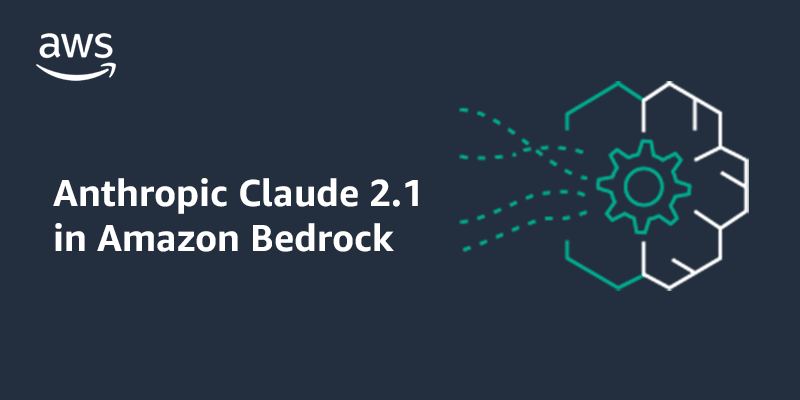Anthropic Unveils Claude 2: AI Assistant Sets New Standard with Massive Context Window

Introduction
Anthropic has set a new milestone in artificial intelligence with the launch of Claude 2, its latest language model boasting an unprecedentedly large context window and improved reasoning capabilities. As companies and organizations increasingly rely on generative AI for complex tasks, Claude 2’s new features signal a leap forward in usability and safety, making it one of the most significant advancements in the AI landscape this year[2][3].
Key Features and Capabilities
-
200,000 Token Context Window: Claude 2 can process and remember up to 200,000 tokens in one interaction—enough to analyze hundreds of pages of technical documents, legal contracts, or even entire codebases in a single session without losing track of critical details[1][3]. This represents one of the largest context capacities of any commercially available language model.
-
High Performance on Academic and Professional Benchmarks: Claude 2 scores above the 90th percentile on the GRE reading and writing exams and achieves a notable 76.5% on the Bar exam’s multiple-choice section, outperforming prior iterations and demonstrating robust reasoning as well as language generation[2].
-
Improved Safety and Alignment: Anthropic continues to emphasize ethical AI. Claude 2 is designed to reduce hallucinations (AI-generated errors) and provides clear reasoning for its answers. The model maintains stricter alignment protocols to minimize harmful outputs, which has drawn both praise and criticism for balancing safety with autonomy[1].
-
Versatile Assistant Design: Users characterize Claude 2 as a helpful, context-aware virtual colleague capable of everything from writing and summarization to coding and advanced analytical work[3]. Its updated knowledge base is current through 2023, ensuring relevance for modern use cases.
Impact and Comparisons
Claude 2’s context window is markedly larger than that of most competitors, reflecting a major trend in AI toward models that can handle more information and maintain coherence across lengthier interactions. This enables new enterprise applications: from legal professionals analyzing contracts, to researchers reading entire academic papers, to developers debugging massive code repositories. Anthropic’s improvements put Claude 2 ahead of many rivals in both technical breadth and user experience[3].
Future Implications and Expert Perspectives
Industry experts predict that Claude 2’s expanded memory capacity will reshape expectations for AI assistants, especially in fields with high information density. Defining the balance between safety and usefulness will continue to be a focus, as users push for more flexibility while regulators and ethicists call for responsible safeguards[1]. As Anthropic refines its alignment approach, they set a new high-water mark that both challenges and inspires the industry.
How Communities View Claude 2’s Launch
Debate across X/Twitter and Reddit has been intense since Anthropic launched Claude 2. The main threads of conversation revolve around its technical prowess, usability in real-world tasks, safety alignment, and industry impact.
-
Technical Enthusiasts (≈40%): Many AI researchers and developers (@gdb, @sarahhooker, r/MachineLearning) are excited by the 200,000-token context window, calling it a “game changer” for handling large codebases or documents. There’s wide sharing of demos showing complex, multi-part tasks and in-depth answers.
-
Ethics and Safety Advocates (≈25%): A vocal contingent praises Anthropic’s rigorous alignment but questions whether the safety filters sometimes hamper utility, sharing examples where Claude 2 refused benign requests (e.g., r/artificial, @Miles_Brundage). Discussion includes references to the alleged "alignment tax."
-
Productivity Users (≈20%): Entrepreneurs and knowledge workers appreciate Claude 2 for summarization and workflow automation. Posts on r/Productivity and X highlight use cases from legal review to technical documentation management as far outpacing competitors.
-
Critical Voices (≈10%): Some users complain about "overly cautious" refusals and request more customizable alignment settings. Notably, @GaryMarcus and r/slatestarcodex engage in nuanced debate over long-term impacts and potential monotony from excessive safety.
-
Industry Thought Leaders (≈5%): Figures like @emilymbender, and @lexfridman weigh in on societal implications, calling Claude 2 an important step for trustworthy AI while cautioning that alignment methods and context scaling need further transparency.
Overall, sentiment is strongly positive on technical advances, with lively debate over alignment choices and the model’s place in the fast-evolving AI arms race.